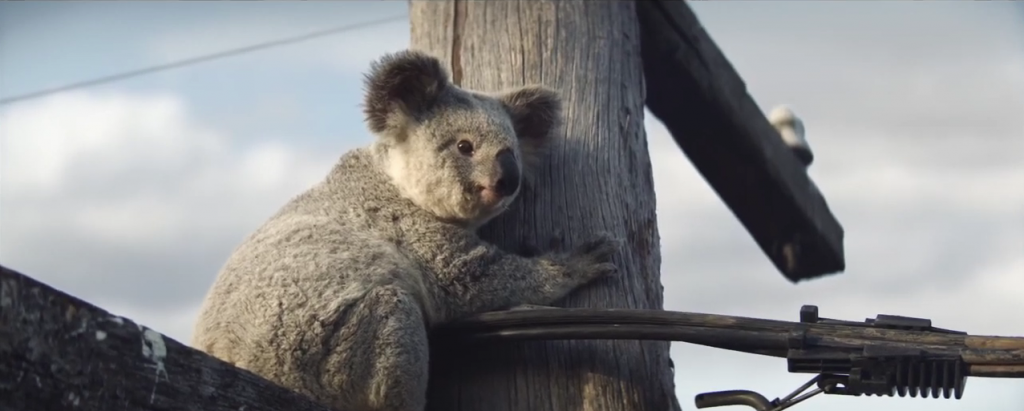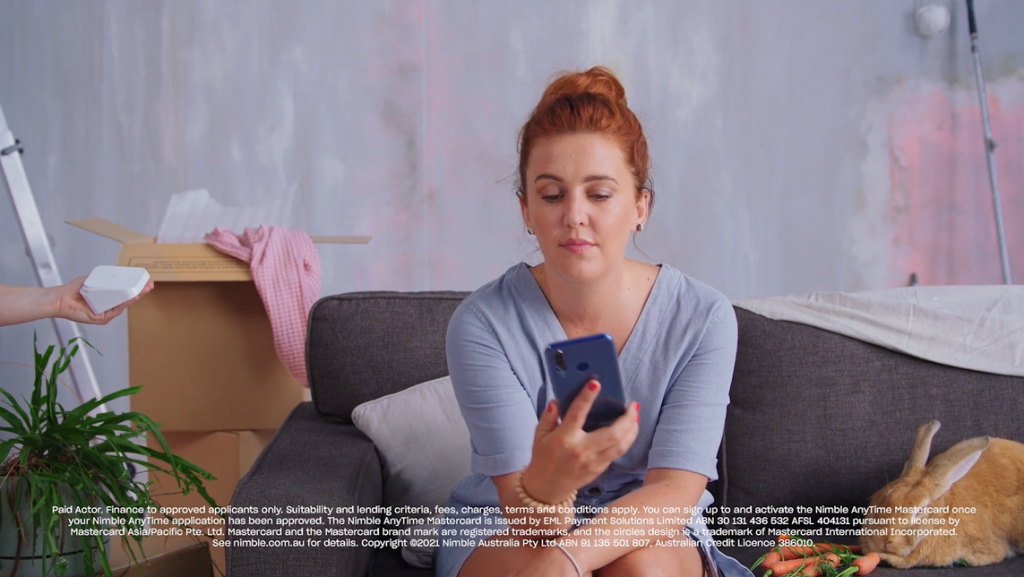The opportunity
Founded in 2005, Nimble entered the market as a disrupter using humour to cut through.
“Our brand, much like our product set, went through a period of stagnation where we lost that level of innovation and disruption,” notes Nimble Chief Marketing & Product Officer Oonagh Flanagan.
Today, Nimble is looking to reclaim its heritage of fun, humour and accessibility, positioning the brand for the ordinary Australian.
And the stakes are high with the payments space currently being bombarded with new comers.
Flanagan said: “Every few weeks, we have a new entrant into the market. There are many ‘buy now, pay later’ businesses doing quite amazing things and it would be foolish of other financial service businesses not to look into that category.”
With all this increased competition, Nimble is aiming to reposition itself around a more mindful approach to cash flow management, rather than impulse purchasing.
Flanagan says this positioning came about from trying to understand, “What does Nimble look like, what does Nimble stand for and how can we make that evident in all of the creative work that we produce and carry that through to the experience we give our customers?”
Key to the approach is emotion. The godfathers of advertising effectiveness, Peter Field and Les Binet, have found in their research that emotional advertising works best, even for highly researched purchases. The duo’s deep dive into the IPA databank of campaigns shows clearly how ads that elicit an emotional response are far better at capturing people’s attention than those which don’t.
“If you can’t speak to your customers on an emotional level, as well as being able to rationally provide the products that they need, it’s going to be a struggle for you to play,” says Flanagan.
In addition to emotion, reach is immensely important. Flanagan notes: “Ultimately, you need to reach a mass market, and you need to get your message out there.”
Which brings us to TV.
TV’s role in the mix
In the past 16 years, TV has helped Nimble to establish and build its brand.
“TV has always been a very important part of the Nimble story. We have used the channel as our mass market tool, and we still find that to be really effective,” says Flanagan.
Nimble gauges the effectiveness of TV in several ways, one of which is web traffic. Recent research shows that TV is the top driver of branded search with advertising on the platform generating the most brand-based searches. Nimble has seen this working first hand.
“We get such a large proportion of our new business and our returning business come direct to our site. And that’s the halo impact of many years of brand investment, specifically through TV.”
More like this

Case Studies / Finance & Insurance
Suncorp’s One House to Save Many
An award-winning campaign to spark a national conversation.

Case Studies / Finance & Insurance
NRMA and memorable storytelling
Emotional impact that can’t be delivered without TV.

Case Studies / Finance & Insurance
How Lendi used TV to spread the message, fast
When launching in 2013, innovative digital mortgage broker Lendi had a three-pronged mission: help people to understand what the business does, build brand awareness and establish trust to get them to use […]

Case Studies / Finance & Insurance
How CV-19 provided an unexpected brand building opportunity for St. George
With a brand campaign scheduled to launch during the pandemic, St.George debated whether to change tack. Instead the bank opted to lean into its strengths and live up to its […]

Case Studies / Finance & Insurance
How Youi used CV-19 to reinforce brand loyalty
Another brand that has felt the impact of CV-19 is Youi. Rather than viewing the fact people were using their cars less during the pandemic, Youi saw an opportunity.


